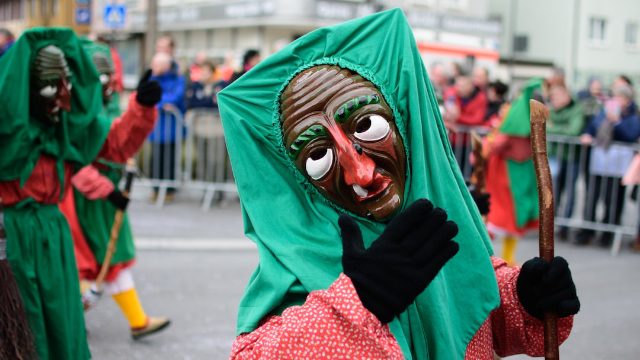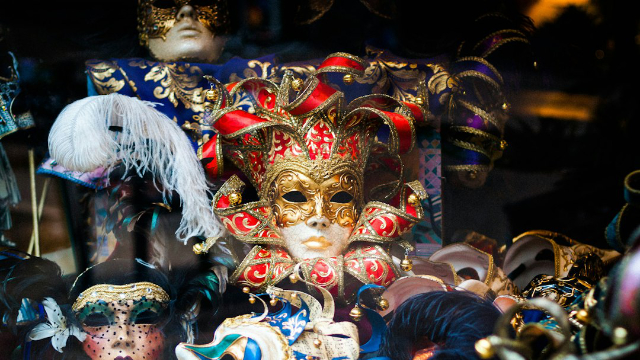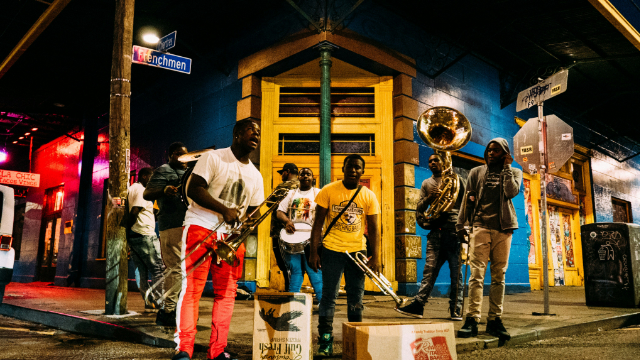Carnival Season in New Orleans: A Cultural Celebration with parades, music, traditions, and indulging in traditional foods and drinks.
History and Significance
The Carnival season in New Orleans is a time-honored tradition deeply rooted in the city’s cultural heritage. Dating back to the colonial era, this annual festivity marks the end of the Christmas season and the beginning of a joyous period leading up to Lent. It is a time when the city comes alive with vibrant parades, colorful costumes, and lively music, creating an atmosphere of exuberance and revelry that is unique to New Orleans. The official commencement of Carnival season on Twelfth Night, January 6, sets the stage for weeks of merriment, culminating in the grand celebration of Mardi Gras on February 13, 2024.
One of the most iconic traditions associated with Carnival season is the consumption of King Cakes. These delicious confections, adorned with colorful icing and sugar, hold a special place in the hearts of locals and visitors alike. The cake’s significance goes beyond its delectable taste; it symbolizes the arrival of the Carnival season and is often shared among friends and family as a token of good luck. Moreover, King Cakes are not limited to the borders of New Orleans, with many enthusiasts across the United States eagerly anticipating the shipment of these festive treats to partake in the spirit of the season. As such, the Carnival season in New Orleans is not only a time of local celebration but also a cultural phenomenon that captivates people from diverse backgrounds, drawing them into the city’s rich tapestry of traditions and customs.
Traditions and Customs of Mardi Gras
The commencement of Carnival season is heralded by the lively parades of the Phunny Phorty Phellows and Krewe de Jeanne D’Arc, setting the stage for a series of jubilant events leading up to Mardi Gras. It culminates with Mardi Gras, the Tuesday before Ash Wednesday, signifying the official conclusion of Carnival. Throughout this period, the city is adorned with parades, balls, and other exuberant celebrations, embodying the spirit and essence of New Orleans’ rich cultural tapestry.
The Phunny Phorty Phellows parade, known for its whimsical and colorful themes, takes place on a streetcar ride down St. Charles Avenue, captivating both locals and visitors with its vibrant display of costumes, music, and revelry. Similarly, the Krewe of Joan of Arc parade, held on January 6 to honor Joan of Arc’s birthday, features historical characters parading through the French Quarter, evoking a sense of historical charm and enchantment within the heart of the city. These parades symbolize the unique blend of history, artistry, and merriment that define the traditions and customs of Mardi Gras in New Orleans.
Moreover, the tradition of masquerade balls and elaborate costume designs is deeply rooted in the cultural fabric of Mardi Gras. These events provide a platform for individuals to express their creativity and pay homage to the opulent heritage of the city. The elaborate and ornate costumes, often adorned with feathers, sequins, and vibrant colors, showcase the flamboyant and extravagant nature of the Carnival season, adding a touch of grandeur to the festivities. This tradition not only reflects the artistic flair of the community but also underscores the significance of self-expression and individuality during the celebration of Mardi Gras in New Orleans.
The Rhythms of Carnival: Music in New Orleans
The captivating influence of music during Carnival season in New Orleans is deeply rooted in the city’s cultural heritage. The spirited melodies of jazz, brass bands, and soulful tunes resonate through the colorful streets, captivating both locals and visitors alike. One of the most iconic expressions of this musical tradition is the streetcar parades, where vibrant floats and performers move to the uplifting beats, igniting a sense of joy and camaraderie among the spectators. For example, the Phunny Phorty Phellows, a historic krewe, embarks on a spirited streetcar ride down St. Charles Avenue, marking the commencement of the Carnival season with exuberant music and merrymaking.
Moreover, the infectious rhythm of New Orleans jazz music intertwines seamlessly with the city’s Mardi Gras festivities, creating an atmosphere that is nothing short of magical. The jubilant tunes serve as the heartbeat of the celebrations, infusing every corner of the city with an undeniable sense of euphoria. This musical connection is a testament to the rich cultural tapestry of New Orleans, where music is not just an accompaniment but an integral part of the Carnival experience, igniting the spirit of revelry and adding an extra layer of dynamism to the festivities. As visitors traverse the vibrant streets, the melodic strains of jazz and the pulsating beats of brass bands envelop them, inviting them to immerse themselves in the jubilant rhythm of the Carnival season, creating memories that will last a lifetime.
Parades and Themes
The parades during Carnival season in New Orleans are a vibrant display of creativity, culture, and tradition. Each parade has its own unique theme, adding to the excitement and allure of the festivities. For example, the Krewe of Chewbacchus parade showcases a whimsical and sci-fi-inspired theme, with intricately designed costumes and floats that pay homage to popular culture icons. On the other hand, the Zulu and Rex parades honor a rich history, with elaborate costumes, dazzling floats, and a tradition of throwing coveted coconuts and colorful beads to the excited crowds.
Additionally, these parades are not simply processions of floats and performers; they are a reflection of the city’s diverse heritage and creative spirit. The parades bring together locals and visitors, offering everyone a chance to revel in the celebration and experience the distinct charm of each parade. Whether it’s the elaborate, larger-than-life floats or the spirited marching bands, every parade in New Orleans is a testament to the city’s passion for preserving traditions and creating unforgettable moments for all to savor.
Indulging in Tradition: Foods and Drinks
In New Orleans, Carnival season is synonymous with indulging in a rich tapestry of traditional foods and drinks that hold deep cultural significance. One of the most iconic delicacies associated with this festive period is the King Cake. This sweet, circular cake, adorned with colorful sugar, not only serves as a delectable treat but also embodies the spirit of celebration and togetherness. It is a tradition for locals and visitors alike to enjoy various slices of King Cake, each representing a different aspect of the season’s revelry and joy. The anticipation and excitement of discovering the hidden trinket or bean within the cake add an element of surprise and delight to the festivities, making it a cherished ritual for many.
Moreover, beyond the culinary delights, Carnival season in New Orleans is a time for people to come together, share meals, and revel in the community’s warm embrace. Whether it’s savoring classic Creole dishes like jambalaya, gumbo, or beignets, or raising a toast with a refreshing Hurricane cocktail, the city’s culinary landscape becomes a central part of the overall celebration. The vibrant flavors and aromas of these traditional foods and drinks reflect the city’s diverse heritage and serve as a reminder of the joyous, inclusive spirit that defines the Carnival season in New Orleans. As visitors explore the colorful streets and partake in the festivities, they are welcomed with open arms into a world where every bite and sip is intertwined with the rich tapestry of history, culture, and revelry.
Experiencing Authentic Mardi Gras
Visitors to New Orleans can have an authentic Mardi Gras experience by exploring the diverse and lively parade route that winds through the city. From the colorful floats to the elaborate costumes and exuberant music, the parades offer a dynamic spectacle that showcases the rich traditions and spirit of Mardi Gras. For example, the Krewe of Zulu parade features the renowned Zulu coconuts, which are prized Mardi Gras throws that symbolize good luck and prosperity, adding a touch of local folklore to the experience.
Furthermore, by actively participating in the revelries and engaging with the welcoming locals, visitors can gain an intimate understanding of the city’s vibrant culture. Whether it’s cheering on the marching bands, catching throws from the flamboyant floats, or savoring the delectable local cuisine, embracing the authentic Mardi Gras spirit becomes an unforgettable adventure that captures the soul of New Orleans and the enduring traditions of this joyous season. With its captivating blend of music, art, and conviviality, Mardi Gras in New Orleans provides an opportunity for visitors to revel in the festive ambiance and create cherished memories that resonate with the city’s distinctive charm.



